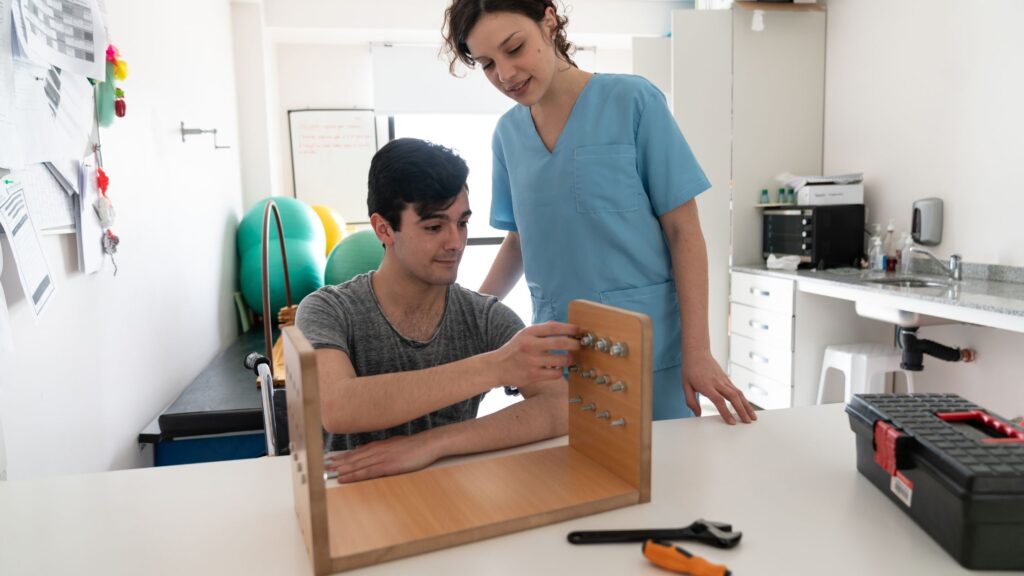When you walk into the pediatric neurology clinic, it’s not just the waiting room that weighs on you, but the fear of unanswered questions about your child’s health. Whether you are addressing developmental concerns, behavioral symptoms, or other health challenges, understanding what to expect during a visit with a child neurology specialist can make the experience smooth and more productive. Let’s explore the stages of a pediatric neurology appointment and the processes involved.
Review History & Milestones
The initial stage of your child’s neurology visit is a detailed review of their medical history and developmental milestones. The neurologist will ask questions about your child’s birth history, early development, and vaccinations. They may also collect information on previous illnesses, surgical procedures, medications, family health conditions, and other relevant information. This stage provides key context about your child’s health and developmental trajectory.
The pediatric neurology specialist may also ask about your child’s developmental milestones, such as when they first crawled, walked, talked, or started responding to stimuli. These milestones offer insights into whether your child’s neurological development has followed an expected path. Be prepared to recall specific events or timelines, as such details can contribute to a better assessment of your child’s condition.
Conduct Physical & Neurological Exam
The second stage involves a physical and neurological examination. The child neurology specialist will examine your child’s coordination, reflexes, muscle tone, balance, and motor skills. For younger children, simple age-appropriate tests might include observing how they follow objects with their eyes, move their limbs, and sit or stand. The neurologist may also examine cranial nerve function, which controls activities such as eye movement and facial expressions. These observations provide valuable clues for pinpointing the nature of any neurological concerns.
Discuss Symptoms & Diagnostics
Following the initial review and examination, the pediatric neurology specialist will take the time to discuss your concerns and your child’s symptoms in depth. Sharing clear and thorough information helps guide the diagnostic process. Be open about any patterns or observations you’ve noticed, even those that might seem minor.
The neurologist might suggest diagnostic tests during this stage if further investigation is needed. Tests often include imaging procedures, such as electroencephalography (EEG) to monitor brain activity, or blood tests to evaluate metabolic or genetic conditions. Any proposed testing will be clearly explained, including how the tests function and what data they aim to uncover.
Plan Treatment & Next Steps
The final stage involves discussing a treatment plan or recommended care, based on the findings. This might include a combination of measures such as medication, therapy, dietary adjustments, or further evaluations. Supportive therapies like physical therapy for mobility issues or speech therapy for developmental delays may also be recommended when relevant.
The neurologist will also provide you with tailored advice and a timeline for follow-up appointments. This discussion will also outline any lifestyle adaptations or further home-based management. Contemplate these recommendations and discuss any questions you may have to gain a comprehensive understanding of your child’s care plan.
Book a Pediatric Neurology Appointment
Understanding the process of your child’s neurology appointment can help reduce uncertainty and allow you to approach the visit with confidence. From the detailed evaluation of developmental history to structured diagnostic tests, each step aims to provide clear insights into your child’s neurological health and pave the way for effective care. Book an appointment with a child neurology specialist for comprehensive assessments and personalized care.

